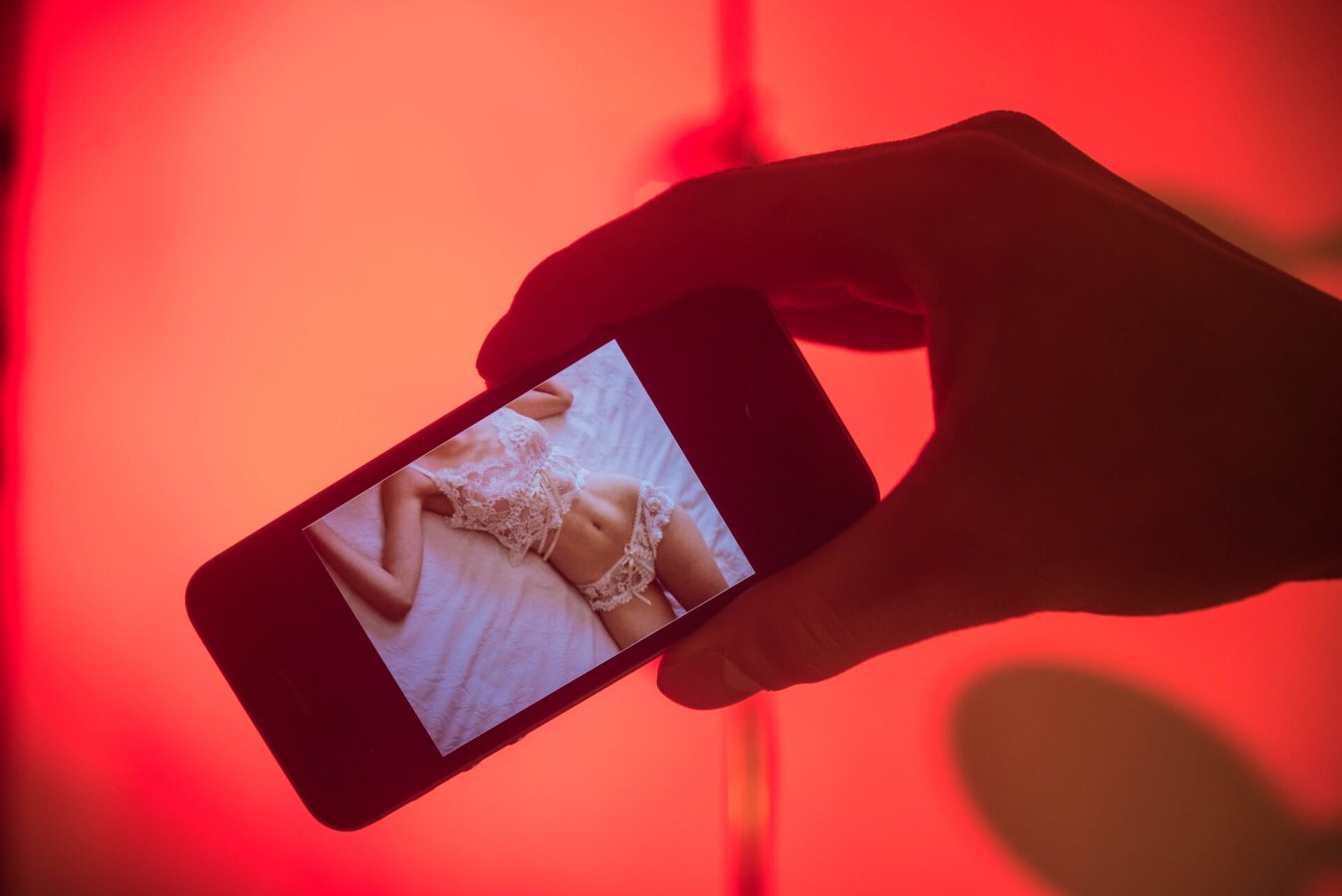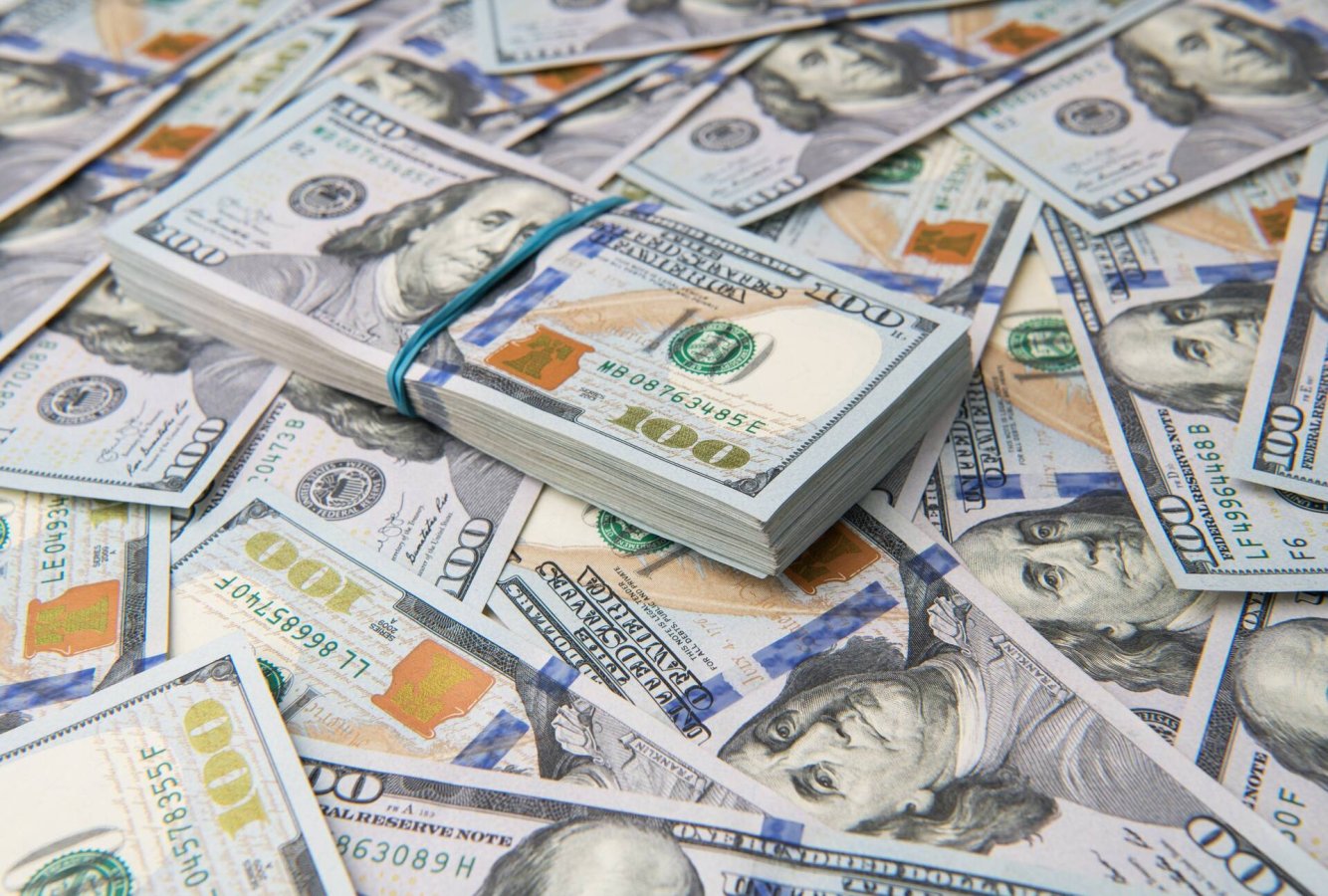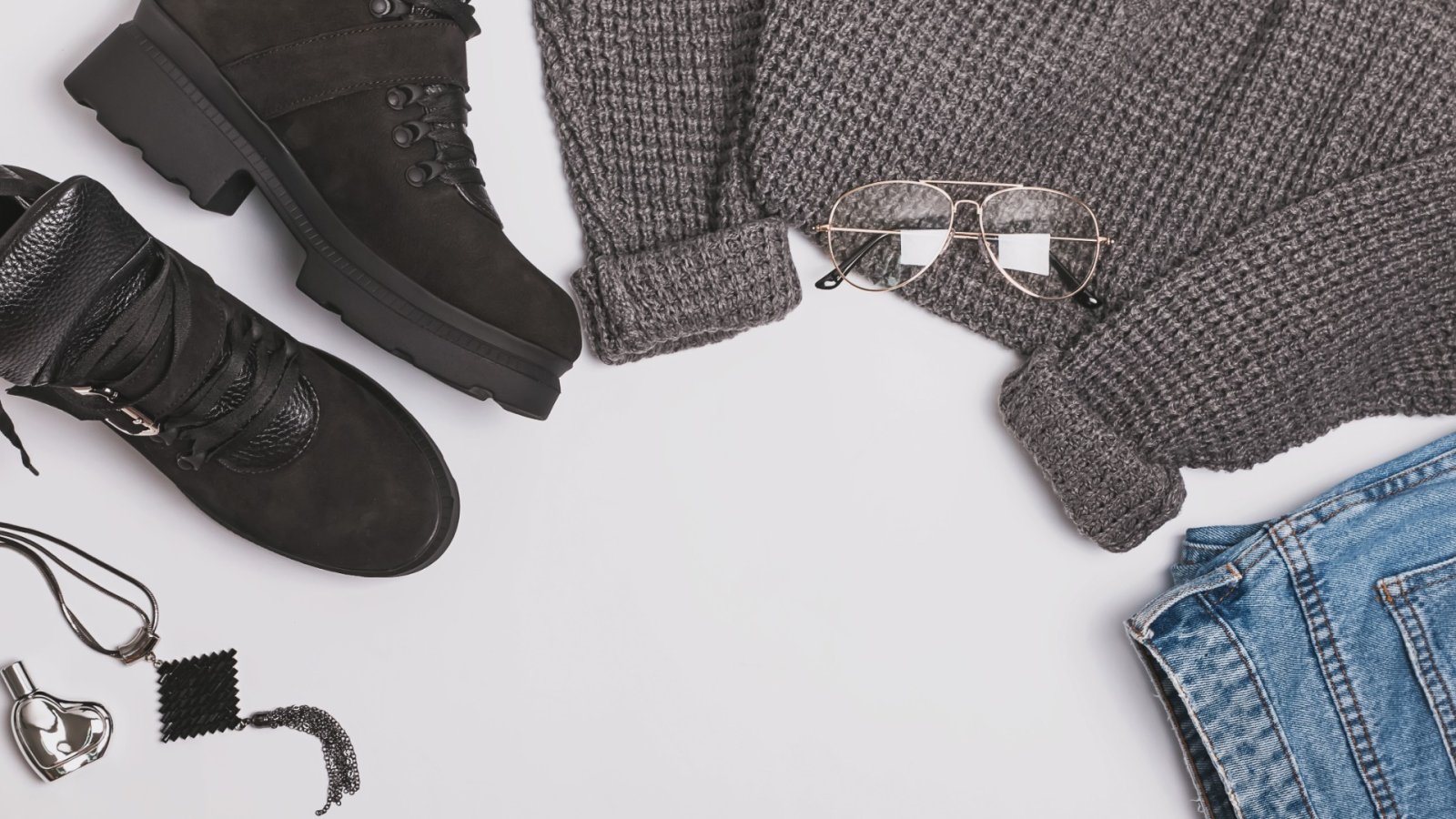Minimalism Has Meaning Beyond The Surface
You've probably seen the term "minimalist" slapped on outfits and home design pictures on social media lately. But minimalism in style is about way more than just black and white colors or having not a lot of stuff. It's a whole philosophy that keeps coming back around through the years.
Designers and artists seem to always return to minimalism as a blank slate to build from. It's like their reset button when they need a fresh start. But minimalism has been looked at differently based on the period too. What was minimalist back in the 60s probably wouldn't be considered so minimal today.
There's a deeper meaning behind the minimalist aesthetic beyond just using one color or having an empty room. It connects to broader changes in culture and society at different moments in history. Minimalism encourages focusing on only what you really need or find value in. I think it's about simplifying down to your essence and seeing beauty in neutral tones or sparse spaces.
Even after all these decades, minimalism endures as both an artistic style and a mindset. It keeps inspiring new generations to question what's important to them and pares everything else away. There's contentment to be found in limitation sometimes too!
The Roots of Minimalist Fashion
You probably hear people throwing around the term "minimalism" a lot when talking about art, design, and fashion. The minimalist movement first started in the 1960s in New York. A group of artists was tired of traditional paintings and sculptures that focused so much on how realistically they portrayed objects.
Instead, these artists like Donald Judd and Agnes Martin wanted to strip things down to their basic essence. Judd described his work as "expressing complex ideas through simple forms." And that sums up minimalism in fashion too - keeping design super streamlined yet still impactful.
Minimalism has also followed economic and technological trends through the decades. Even before the 1960s, you can see minimalist influences emerge during times of change. As more women entered the workforce in the early 1900s fighting for things like the right to vote, their styles were simplified too. Clothes became more masculine and practical, like Chanel designs.
Then when feminism faced backlash in the 1950s and 80s, fashion swung back to being very feminine and exaggerated again, a la Dior's New Look. But avant-garde designers helped bring minimalism back as a statement each time. It's always been tied to periods of social progress and modernization. Even now, minimalism lets our individual styles shine through without distraction.
Early minimalist art rejected traditional craftsmanship, using raw simple materials. Japanese designers like Issey Miyake in the 80s did something similar in fashion. They used unconventional fabrics like polyester and sent baggy, layered looks down runways. Their vision transformed how we view clothing as something beyond just appearing a certain way.
Minimalism evolved into Deconstruction in the 1980s
During this decade, minimalism branched into different streams. Large luxury brands followed a sleek, clean style pioneered by Donna Karan and Giorgio Armani. Meanwhile, smaller indie designers got more conceptual.
Margiela focused on refreshing perceptions of femininity through his deconstructed designs. As fashion prioritized branding more, his anti-status work became highly relevant. It highlighted technical mastery combined with the playful reshaping of norms. Even today, Margiela's visionary deconstruction continues to inspire fashion that pushes boundaries.
While cutting-edge designers embraced minimal, modern power suits earlier, mainstream fashion followed suit later in the 80s and 90s led by American talents like Donna Karan and Calvin Klein.
Their clean, minimal looks centered comfort, ease, and practicality for working women. This "post-minimalism" greatly differed from the previous decade's power dressing in silhouettes.
Unlike European houses like Maison Martin Margiela which favored conceptual deconstruction, or Japanese brands focusing on unconventional fabrics, American minimalism highlighted the feminine form more than ever.
Minimalism Today
Now more than ever minimalism is connected to spending cautiously. We want versatile basics that won't expire next season. Minimal pieces always look timely.
Sustainability is also a huge concern today. We care about transparent supply chains and less waste/pollution. Minimalism lets us feel good about reduced environmental impact.
Brands like Stella McCartney and Phoebe Philo for Celine show how minimalism lends itself well to ethical fashion.
Minimalism's simplified approach reflects our values of conscious consumption. It empowers us to express individual style responsibly through timeless investment items.






